Vacation Packages to Kom Ombo

Customize it!
WONDERS OF EGYPT
Pyramids, Cairo, Luxor, Aswan, Esna, Edfu, Kom Ombo & much more.
English
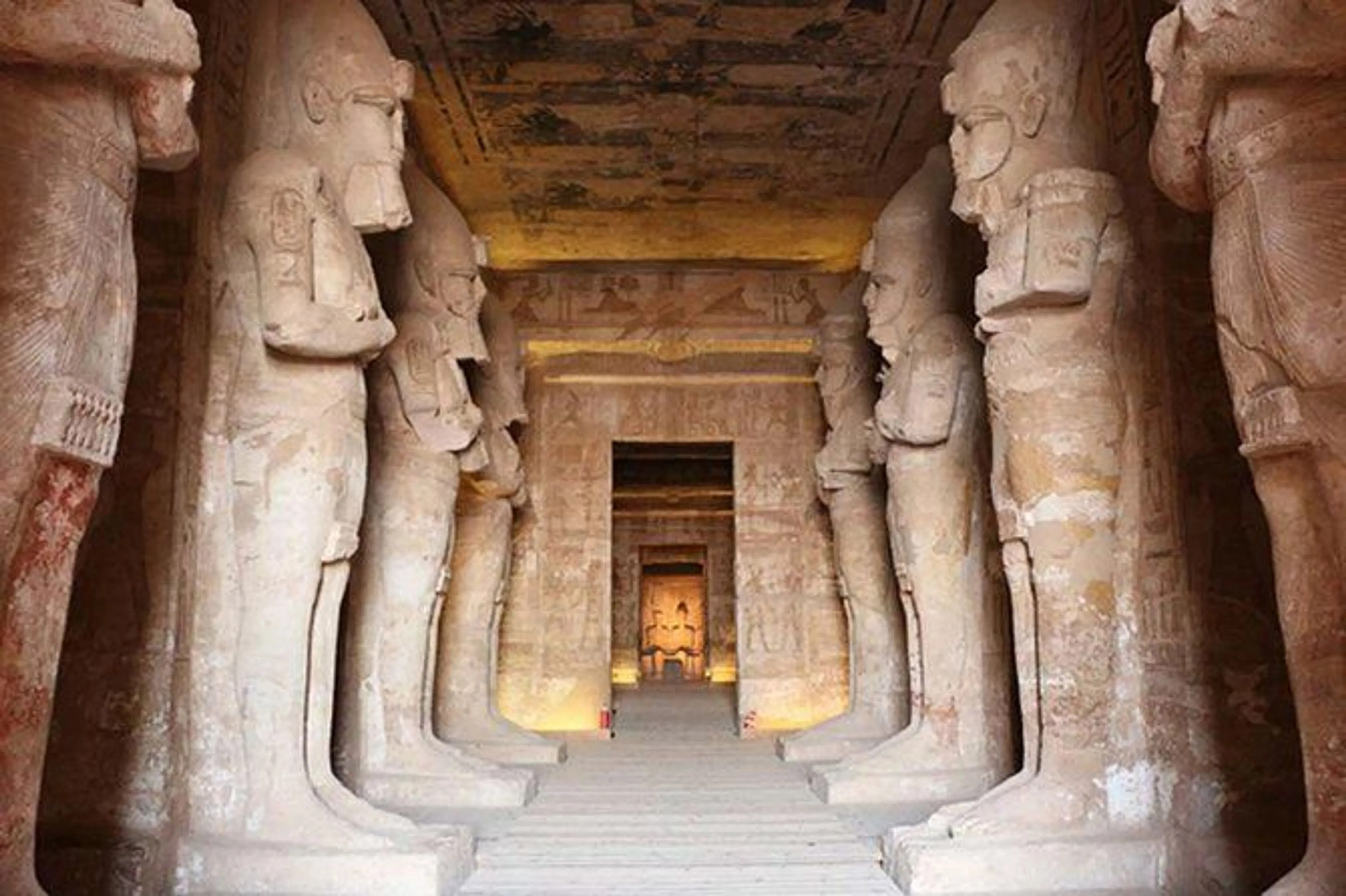
Customize it!
COMPLETE EGYPT
Pyramids, Cairo, Luxor, Aswan, Esna, Edfu, Kom Ombo, Abu Simbel, and much more.
English
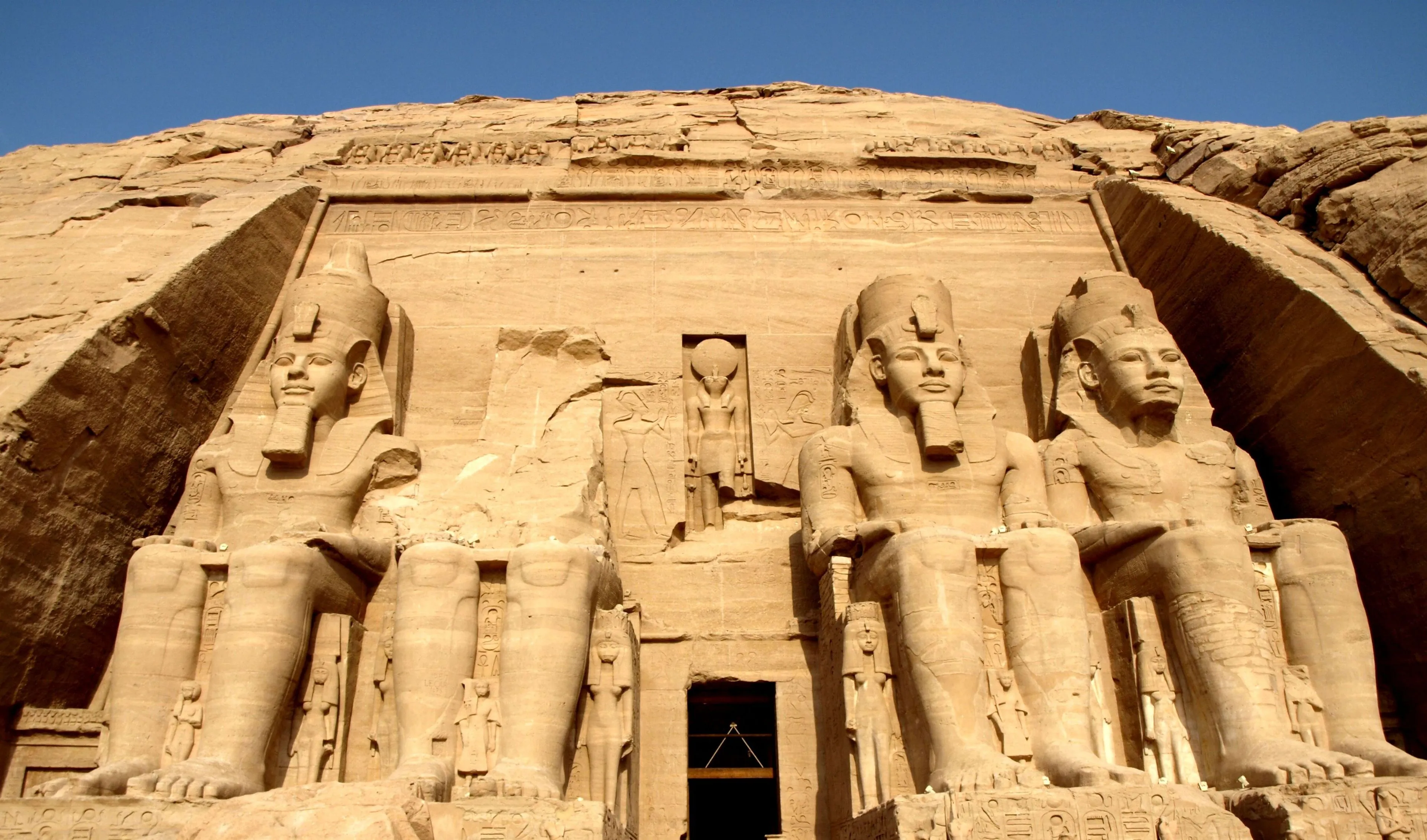
Customize it!
TREASURES OF EGYPT
Pyramids, Cairo, Luxor, Aswan, Esna, Edfu, Kom Ombo, Abu Simbel & much more
English
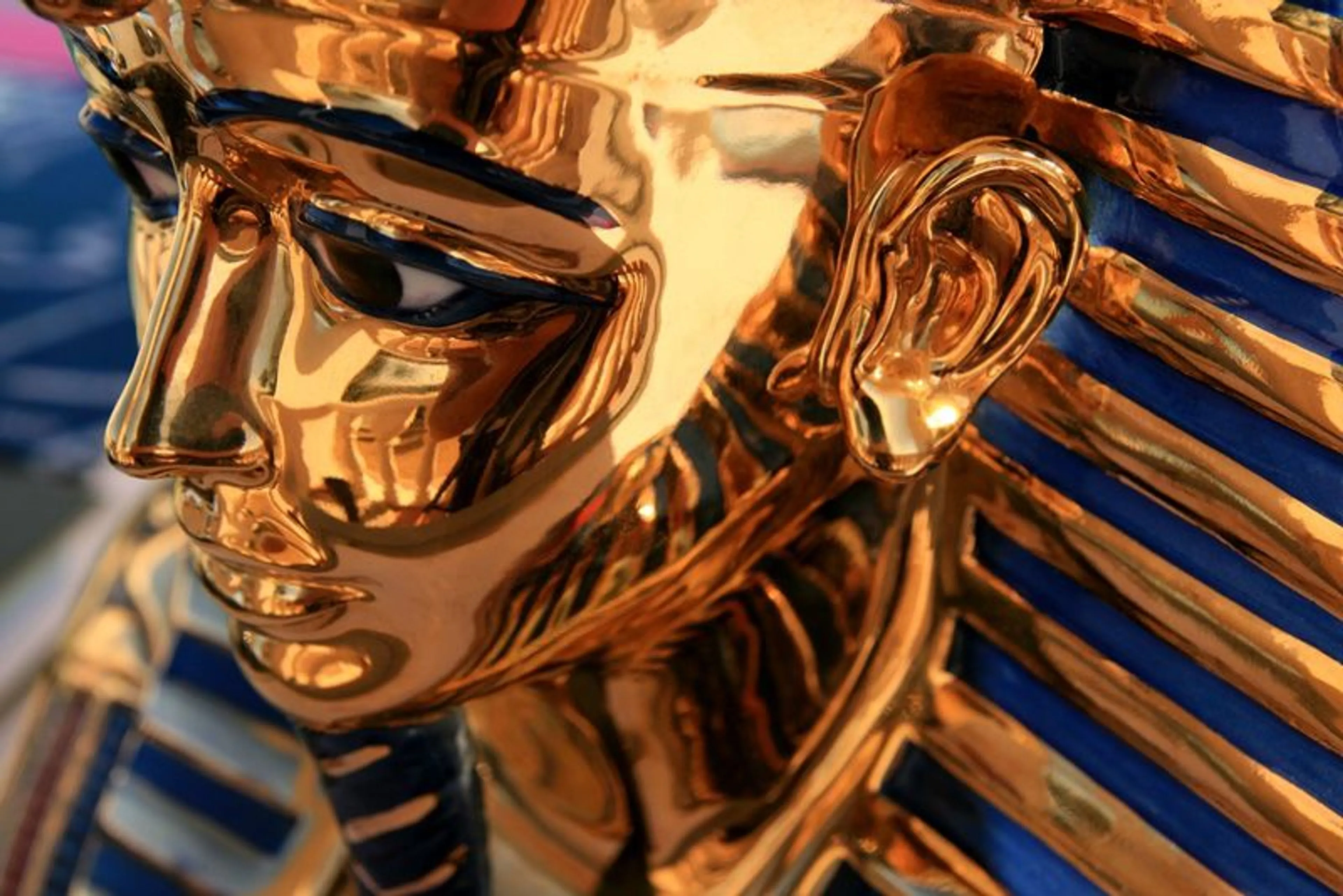
Customize it!
CULTURES
Athens, Greek Islands, Istanbul, Cappadocia, Pamukkale, Egypt & Nile Cruise
English
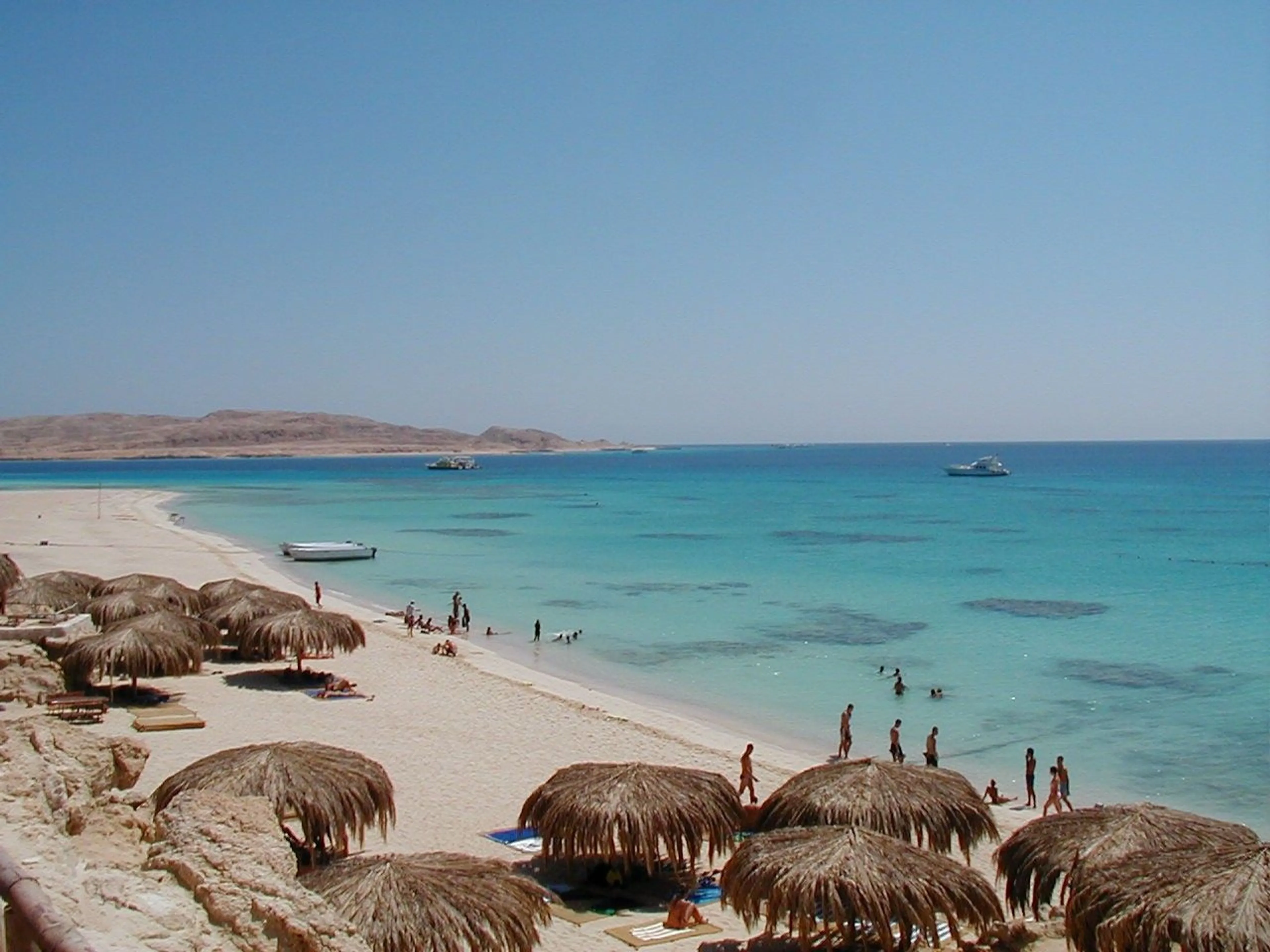
Customize it!
FANTASTIC EGYPT & HURGHADA
Cairo, Aswan, Esna, Edfu, Kom Ombo, Luxor, Hurghada & much more.
English
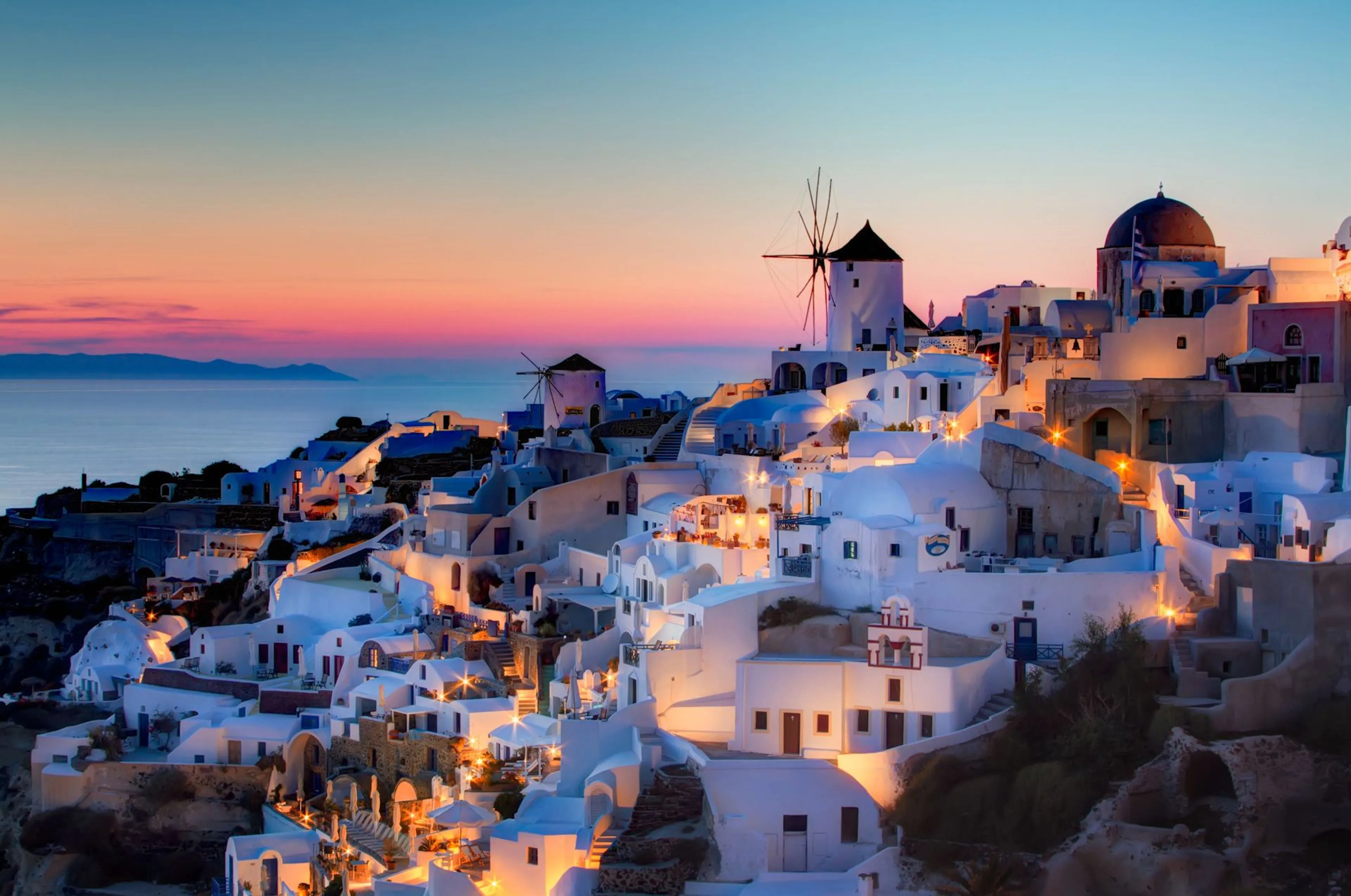
Customize it!
CIVILIZATIONS
Athens, Mykonos, Santorini, Cairo & Nile Cruise
English
Customize your package
Select from our wide variety
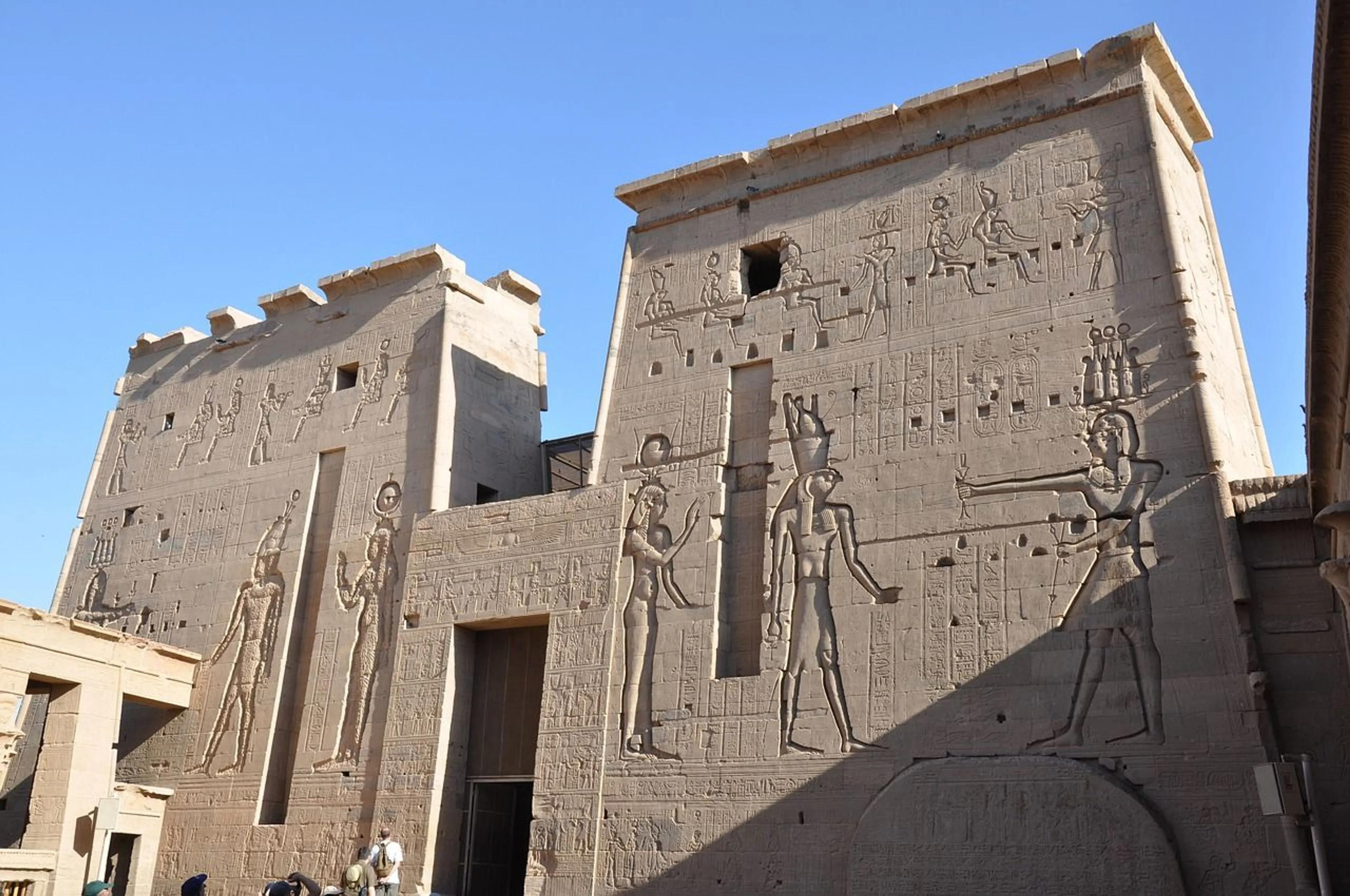
Customize it!
FANTASTIC EGYPT
Cairo, Giza, Aswan, Kom Ombo, Edfu, Esna, Luxor & much more.
English
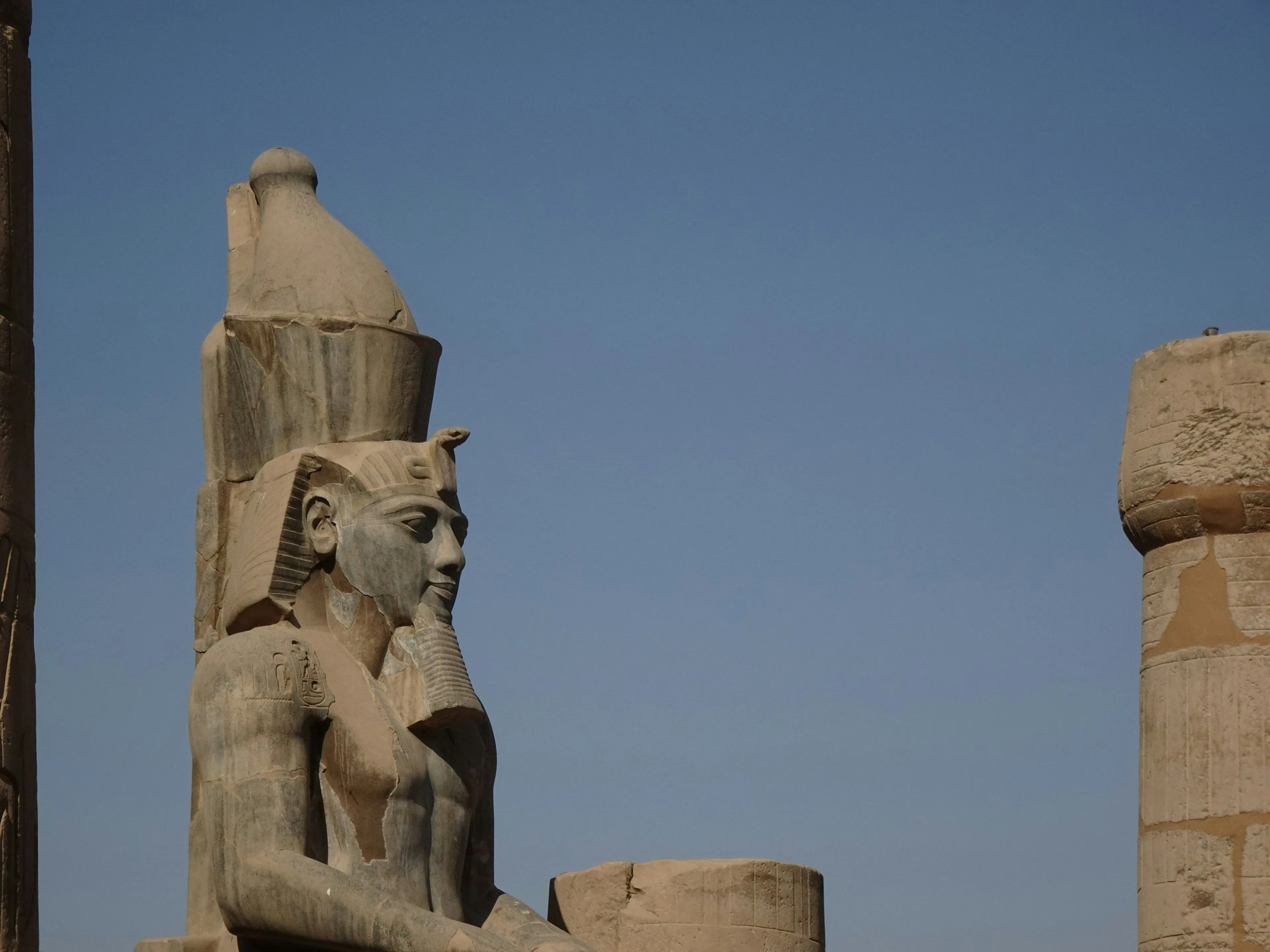
Customize it!
WONDERS OF EGYPT & SHARM EL SHEIKH
Pyramids, Cairo, Luxor, Aswan, Esna, Edfu, Kom Ombo, Sharm el Sheikh, and much more.
English
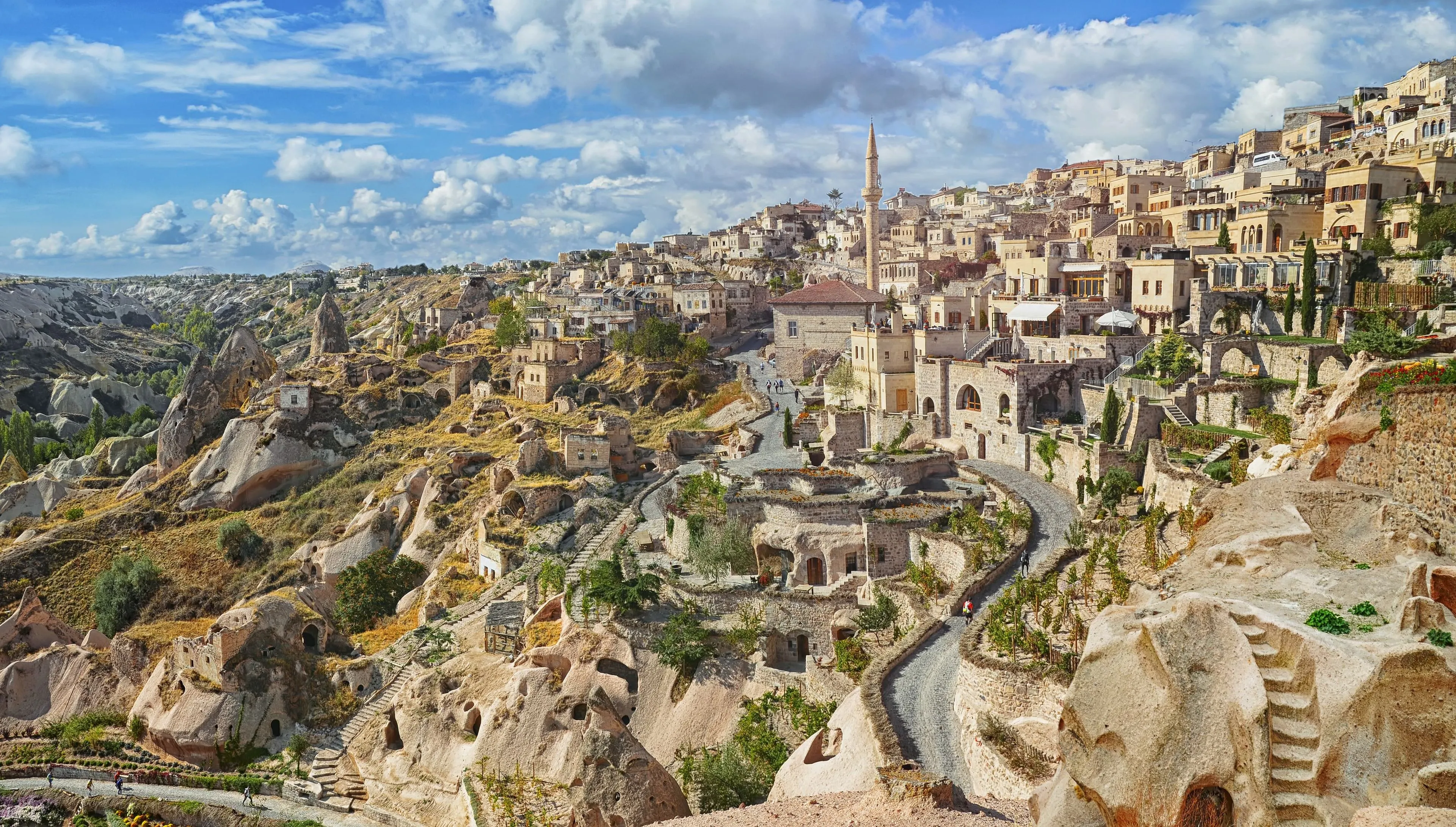
Customize it!
FANTASTIC TURKEY & EGYPT
Istanbul, Cappadocia, Cairo, Luxor, Aswan and more
English

Customize it!
WONDERFUL GREECE, TURKEY & EGYPT
Athens, Delphi, Olympia, Istanbul, Cappadocia, Cairo, Luxor, Aswan
English
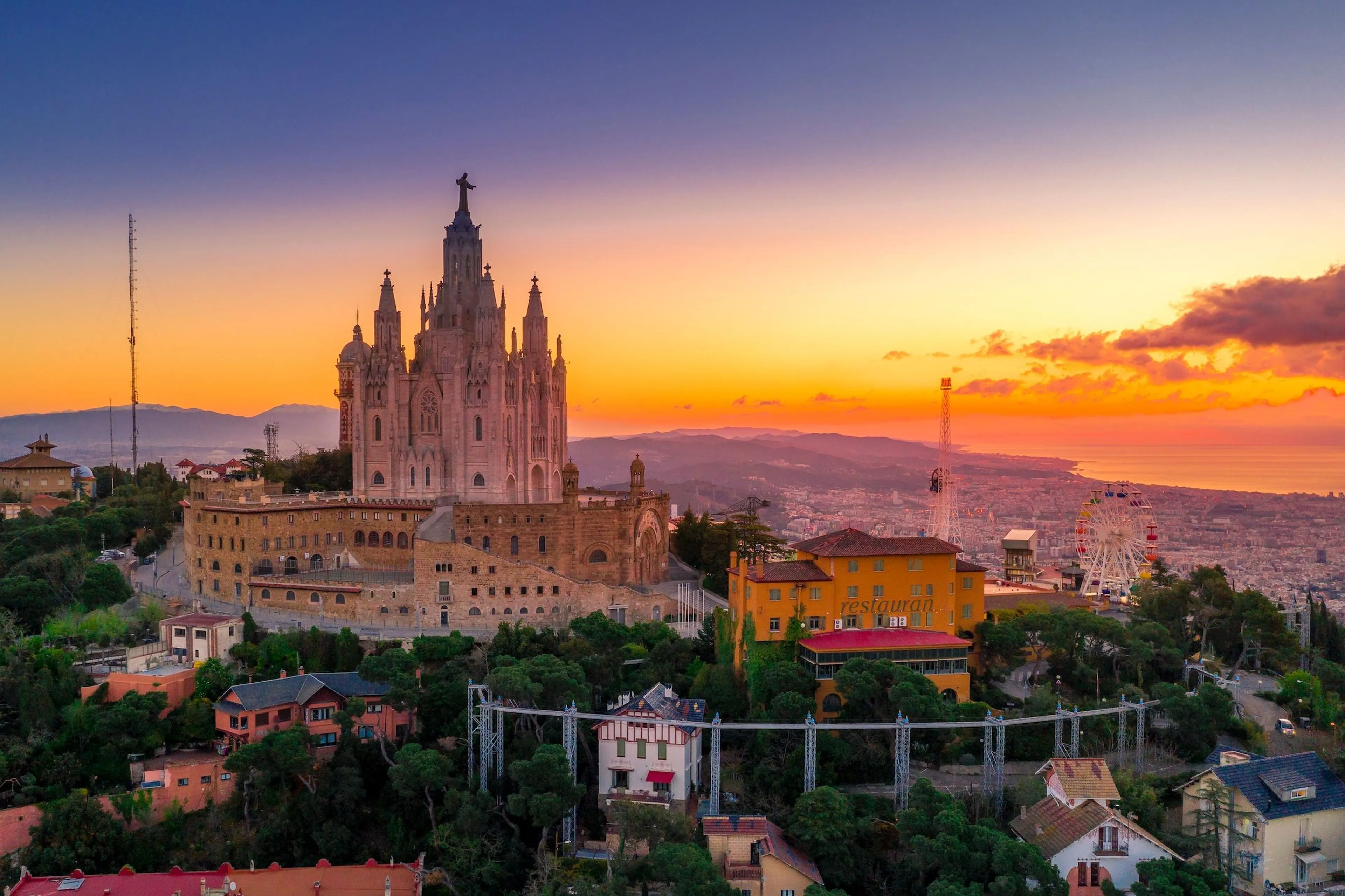
Customize it!
FROM THE SAHARA TO SPAIN
Casablanca, Fez, Marrakech, Cairo, Luxor, Aswan, Barcelona, Madrid and more
English
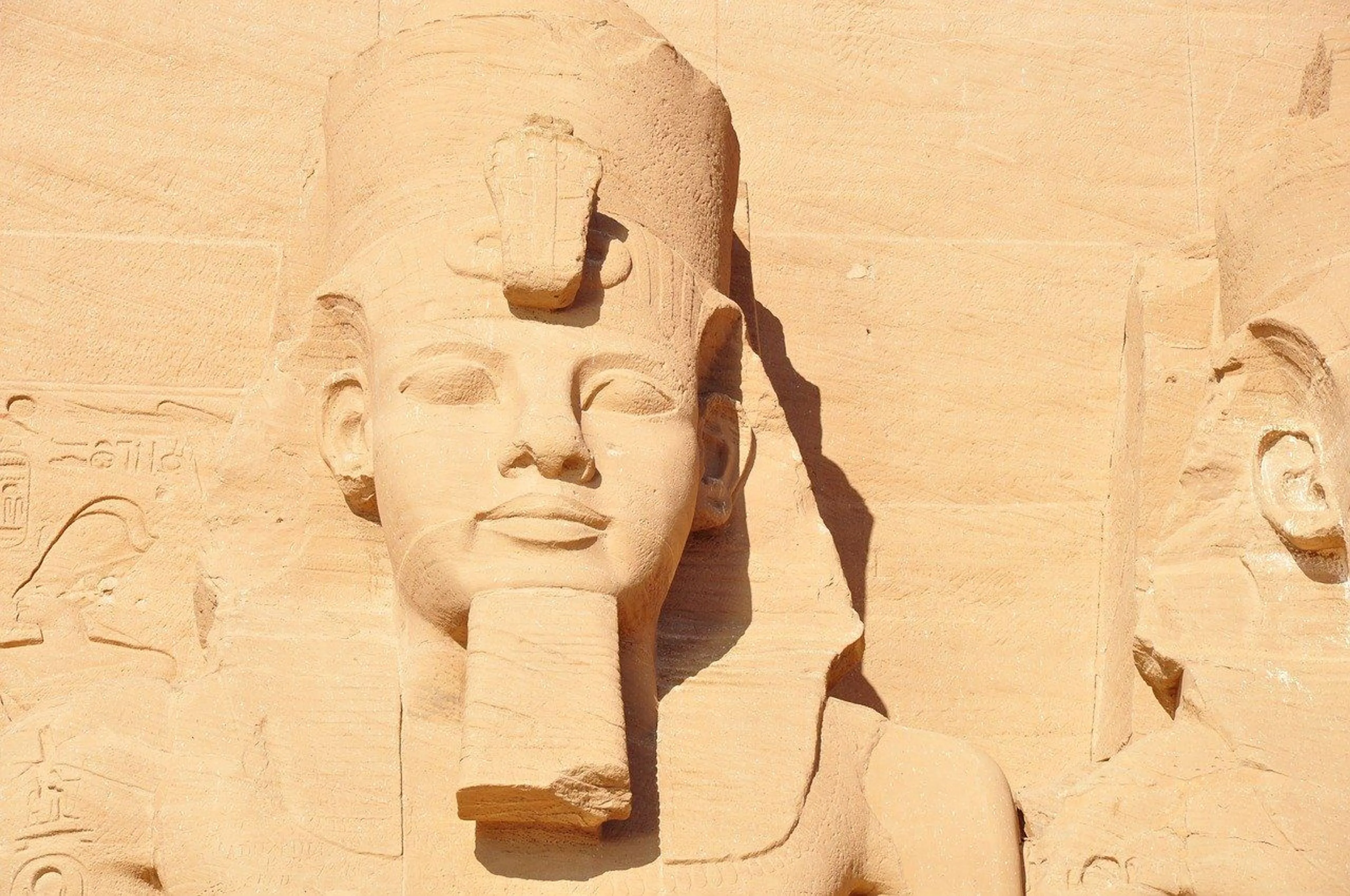
Customize it!
TREASURES OF EGYPT & SPAIN
Cairo, Luxor, Aswan, Abu Simbel, Madrid, Cordoba, Seville and more.
English
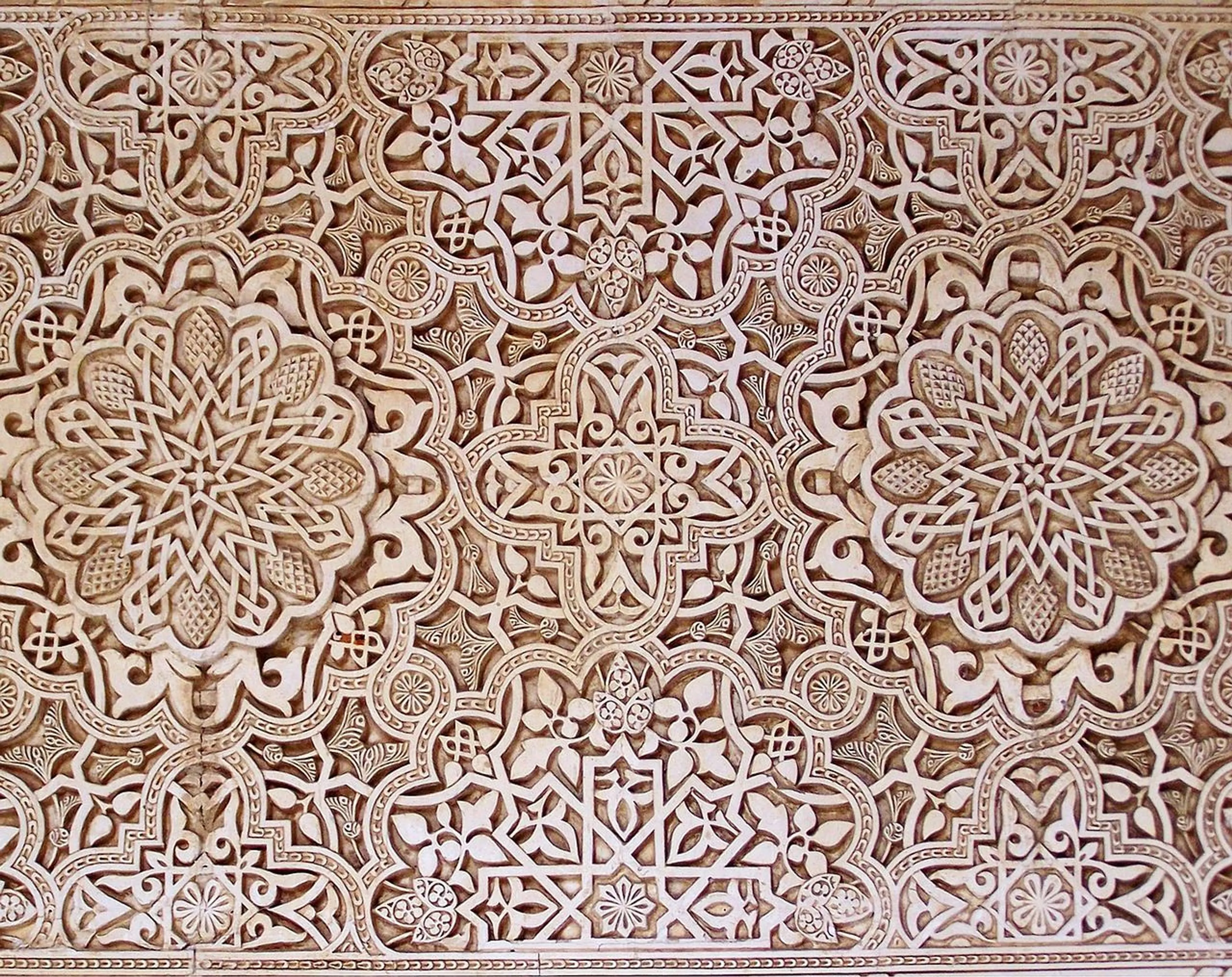
Customize it!
TREASURES OF SPAIN & EGYPT
Madrid, Cordoba, Seville, Cairo, Luxor, Aswan, Abu Simbel and more.
English
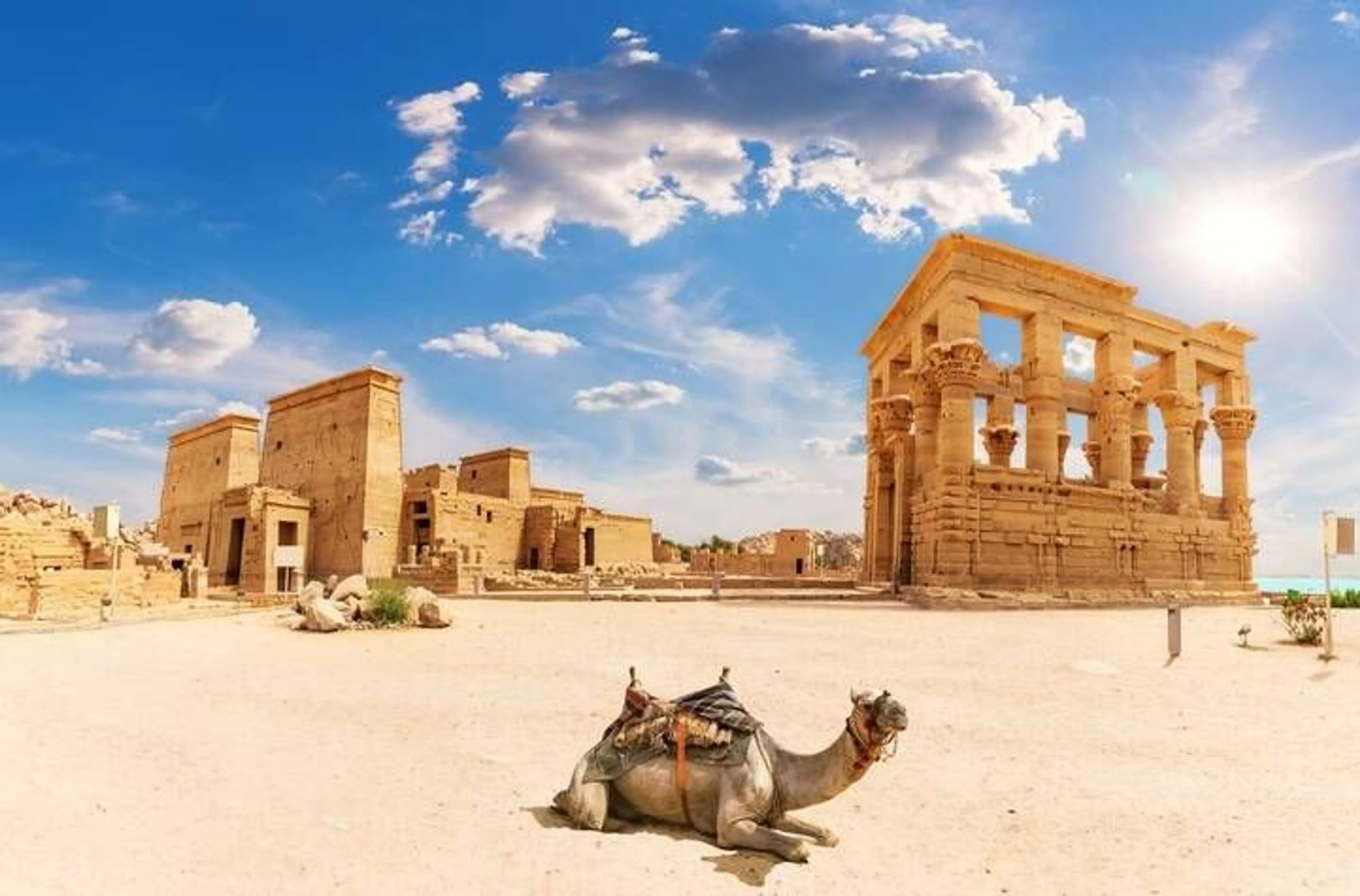
Customize it!
PEARLS OF SPAIN & EGYPT
Madrid, Costa del Sol, Cairo, Nile Cruise and Sharm el Sheikh and more.
English
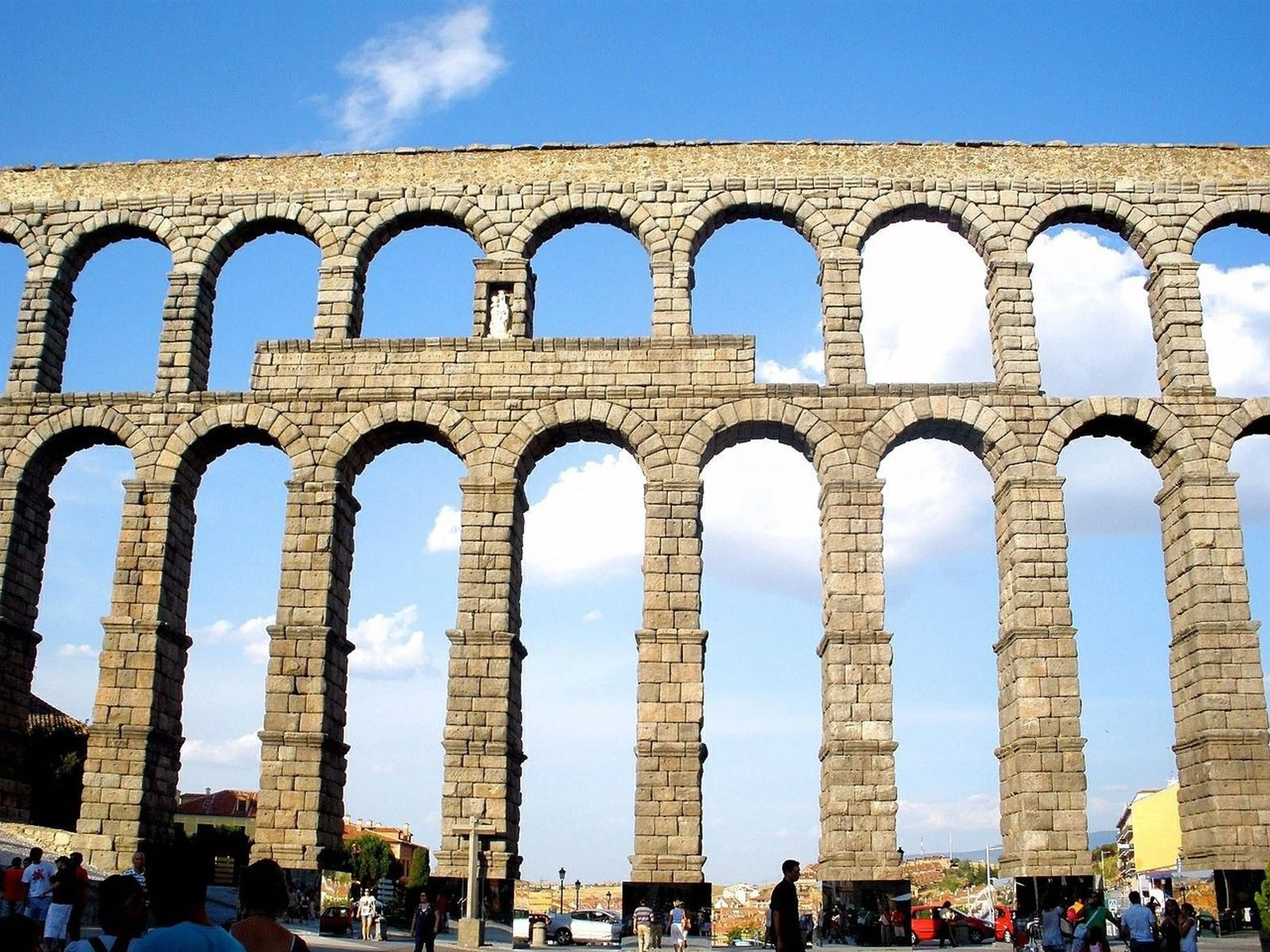
Customize it!
WONDERS OF MADRID & EGYPT
Madrid, Royal Palace, Pyramids, Cairo, Luxor, Aswan, Esna, Edfu, Kom Ombo & much more
English

Customize it!
FANTASTIC EGYPT & TURKEY
Cairo, Luxor, Aswan, Istanbul, Cappadocia and more
English
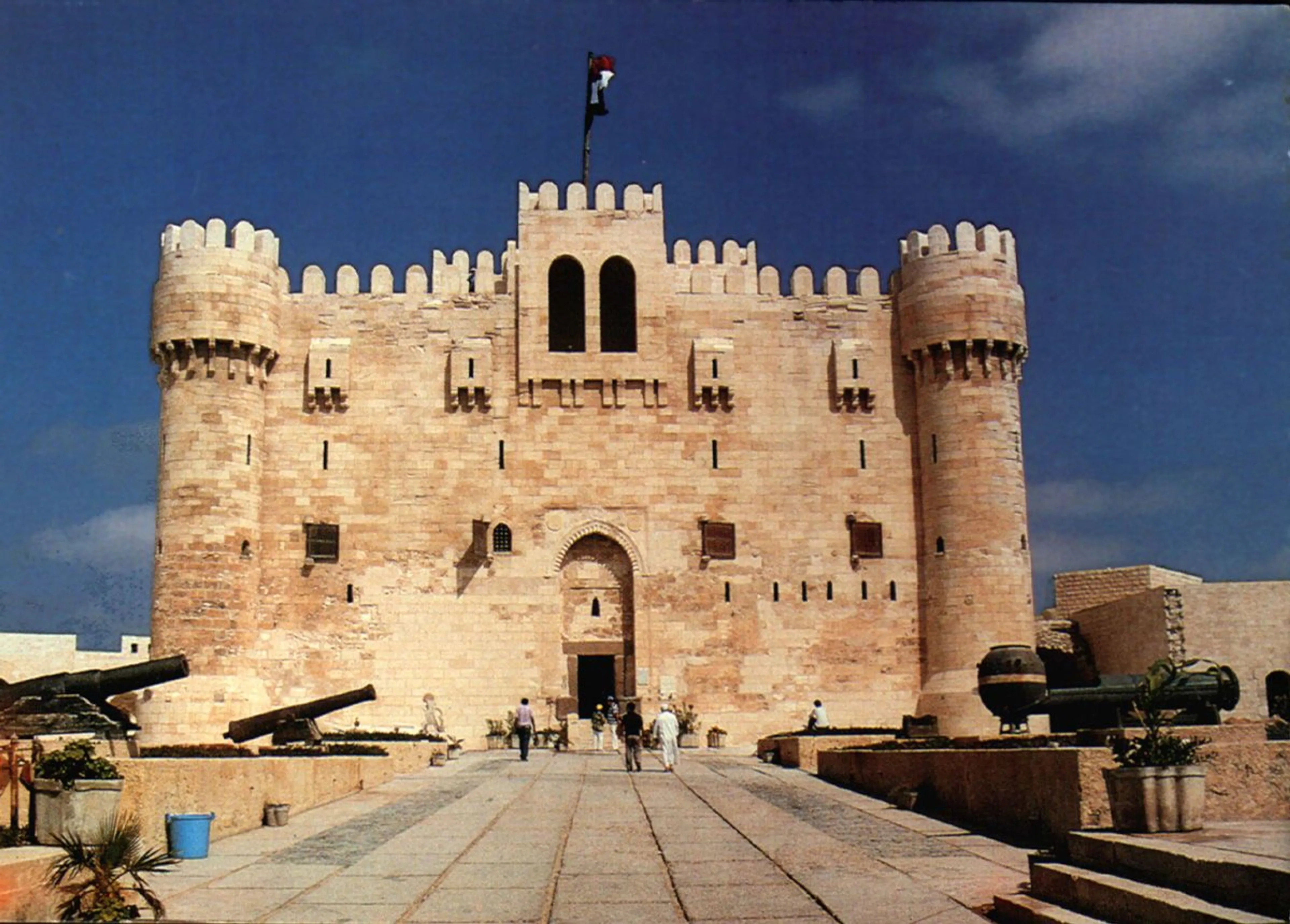
Customize it!
WONDERS OF EGYPT & ALEXANDRIA
Pyramids, Cairo, Alexandria, Luxor, Aswan, Esna, Edfu, Kom Ombo & much more.
English
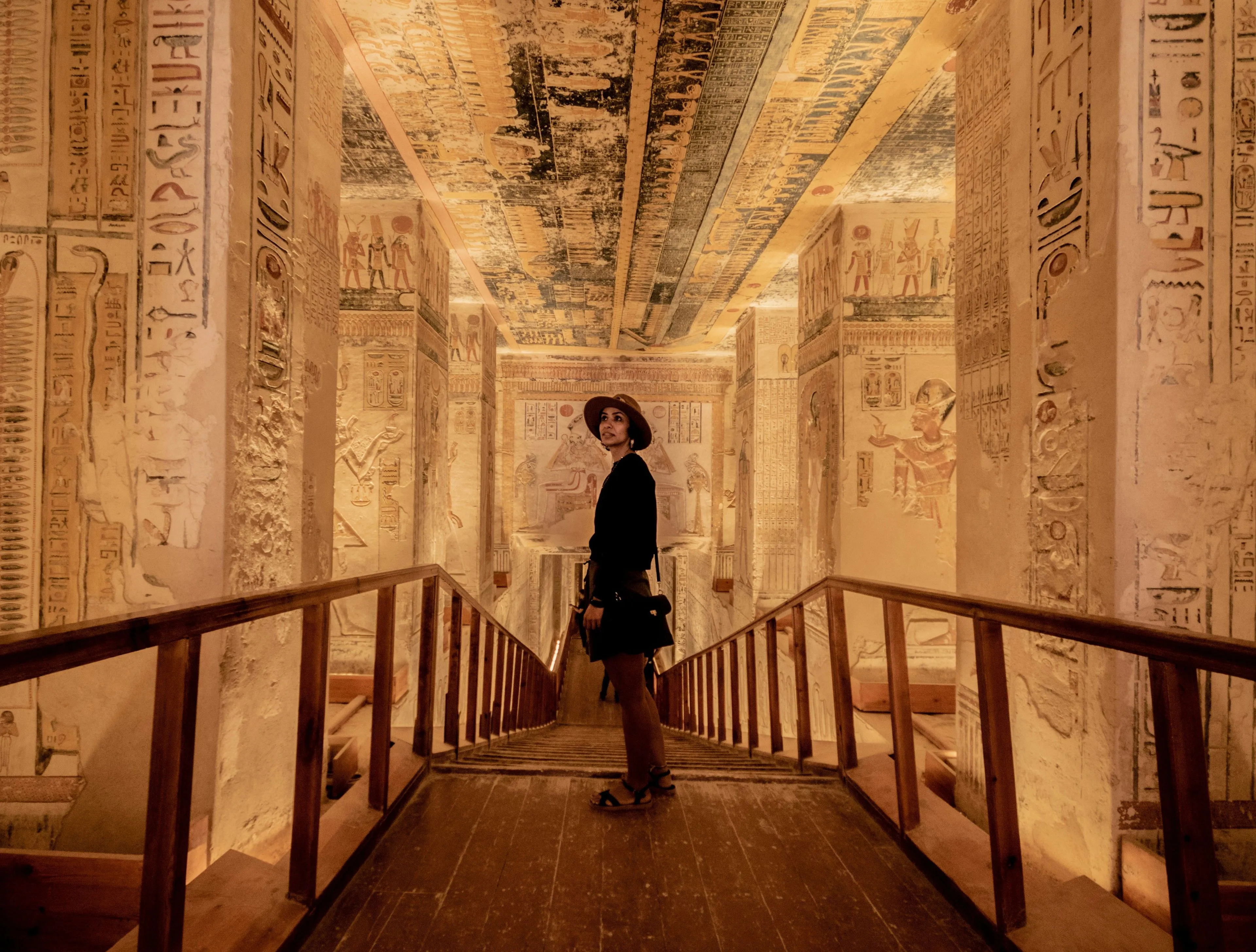
Customize it!
COMPLETE EGYPT & SHARM EL SHEIKH
Pyramids, Cairo, Luxor, Aswan, Esna, Edfu, Kom Ombo, Abu Simbel, Sharm el Sheikh & much more.
English
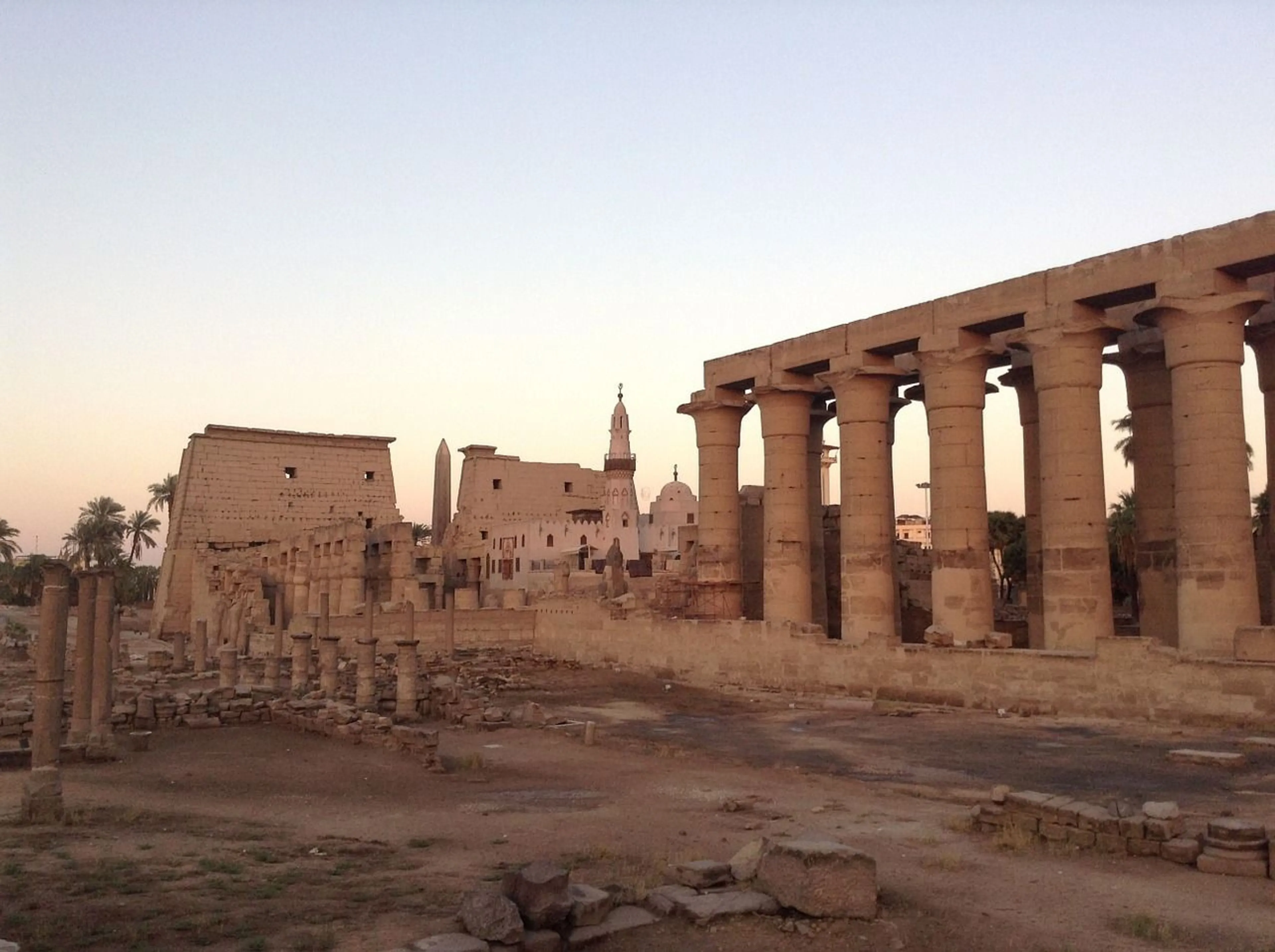
Customize it!
SAHARA FROM EAST TO WEST
Cairo, Alexandria, Luxor, Esna, Edfu, Kom Ombo, Casablanca, Meknes, Fez, Rabat, Marrakech, and more.
English
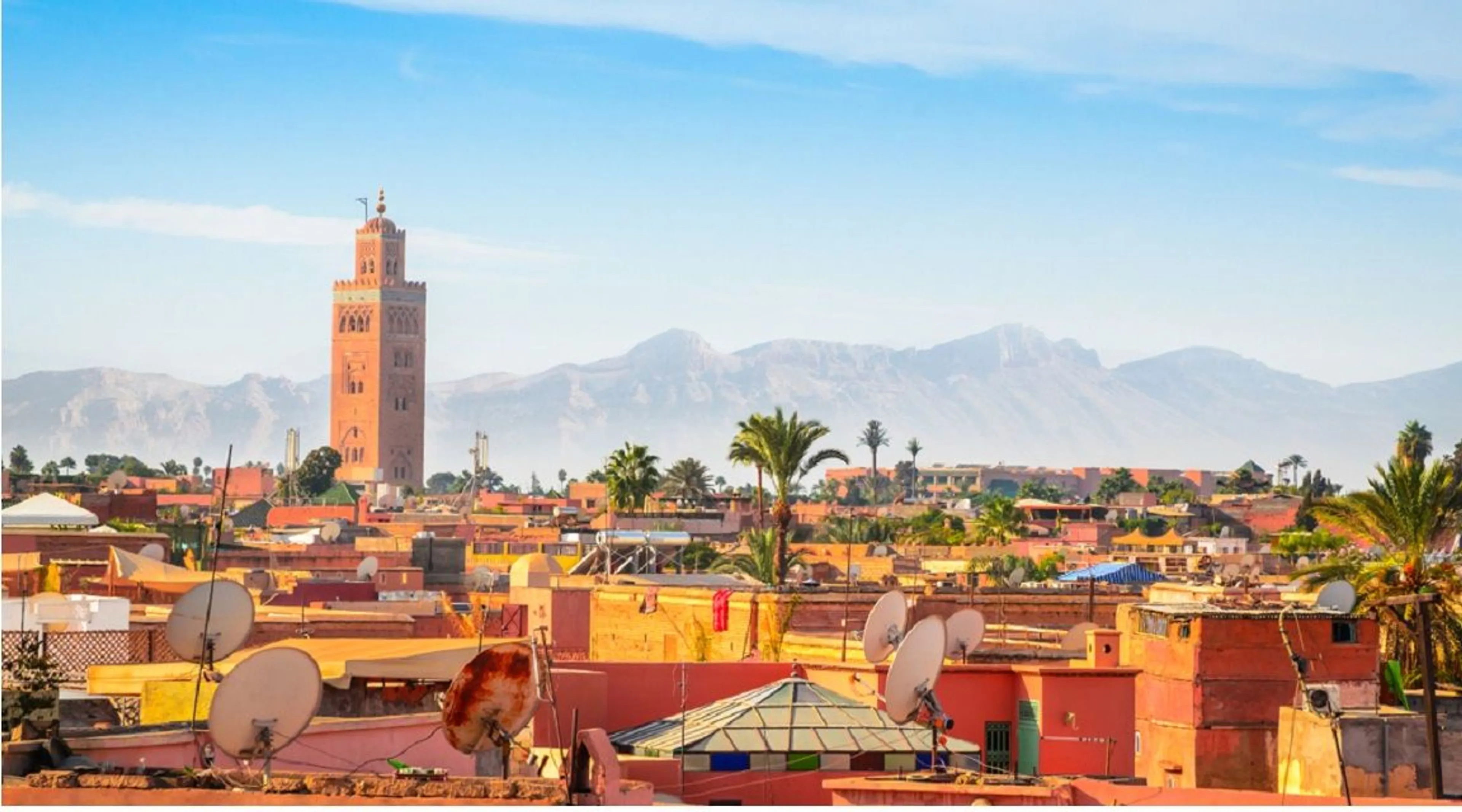
Customize it!
SAHARA FROM WEST TO EAST
Casablanca, Meknes, Fez, Rabat, Marrakech, Cairo, Luxor, Aswan, Esna, Edfu, and more.
English
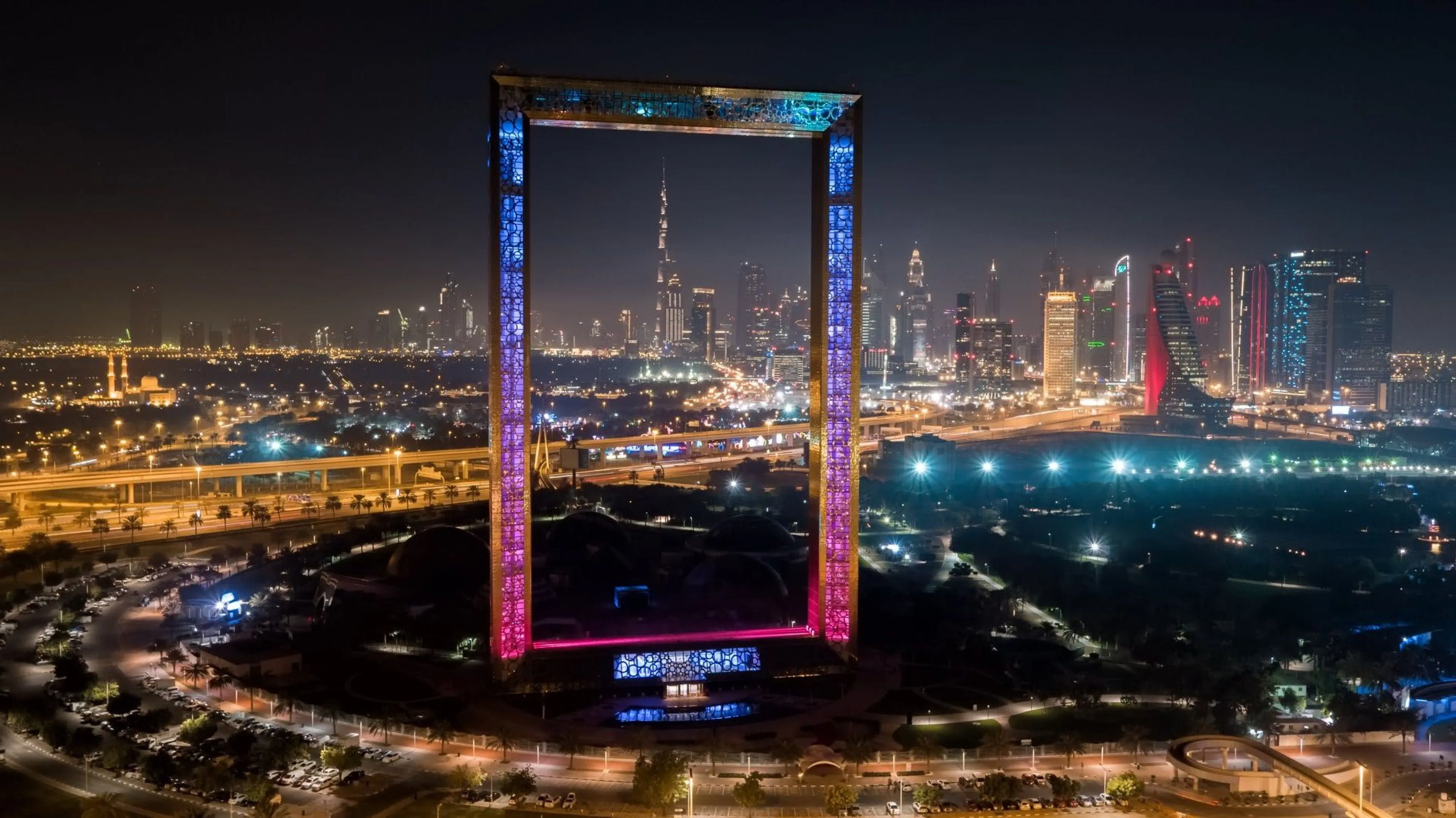
Customize it!
ARAB GIANTS
Cairo, Nile Cruise, Abu Simbel, Aswan, Luxor, Dubai, Abu Dhabi & much more.
English
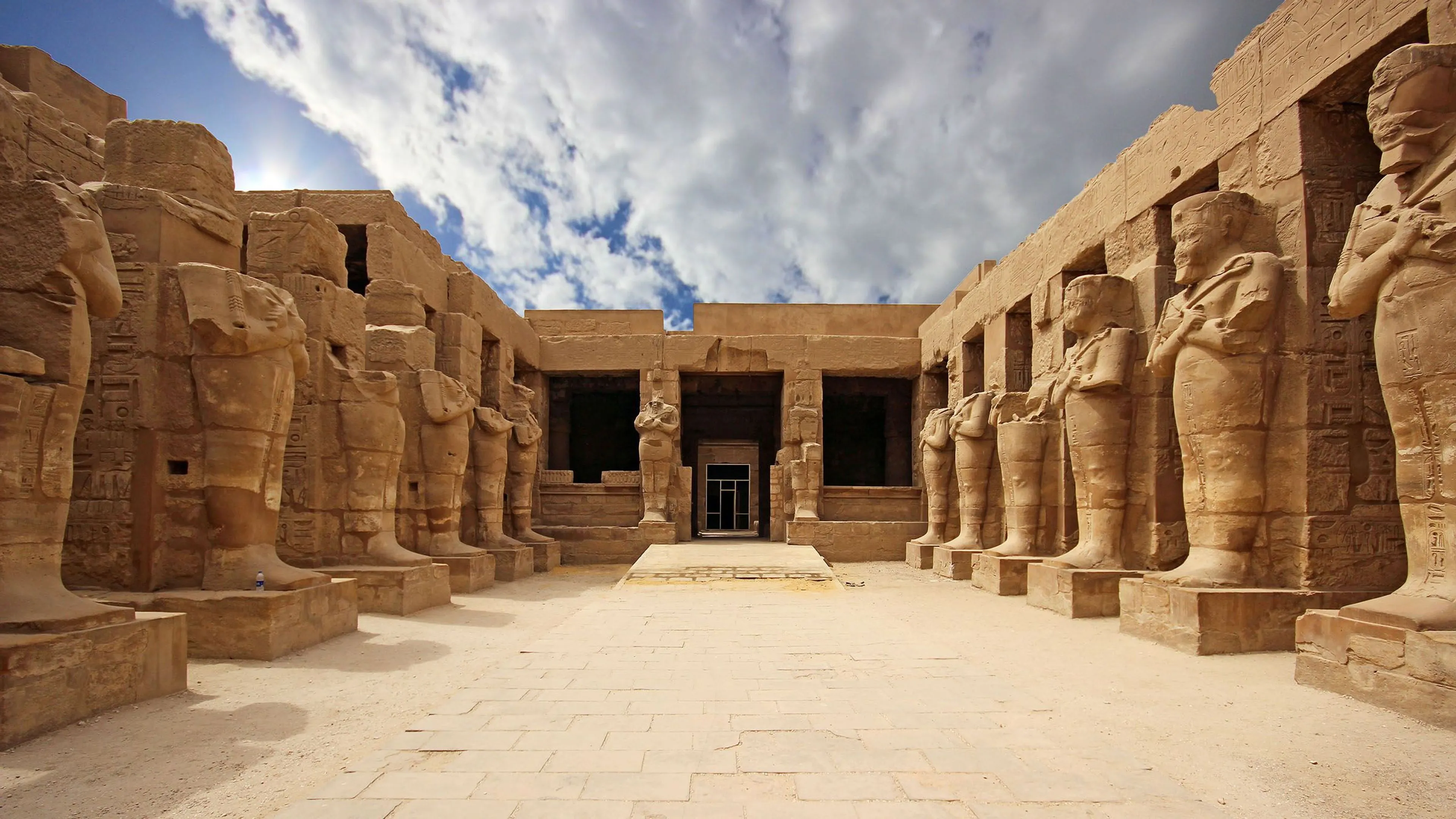
Customize it!
JULIUS CAESAR
Rome, Roman Forum, Pyramids, Cairo, Memphis, Saqqara, Aswan, Edfu, Luxor & much more.
English
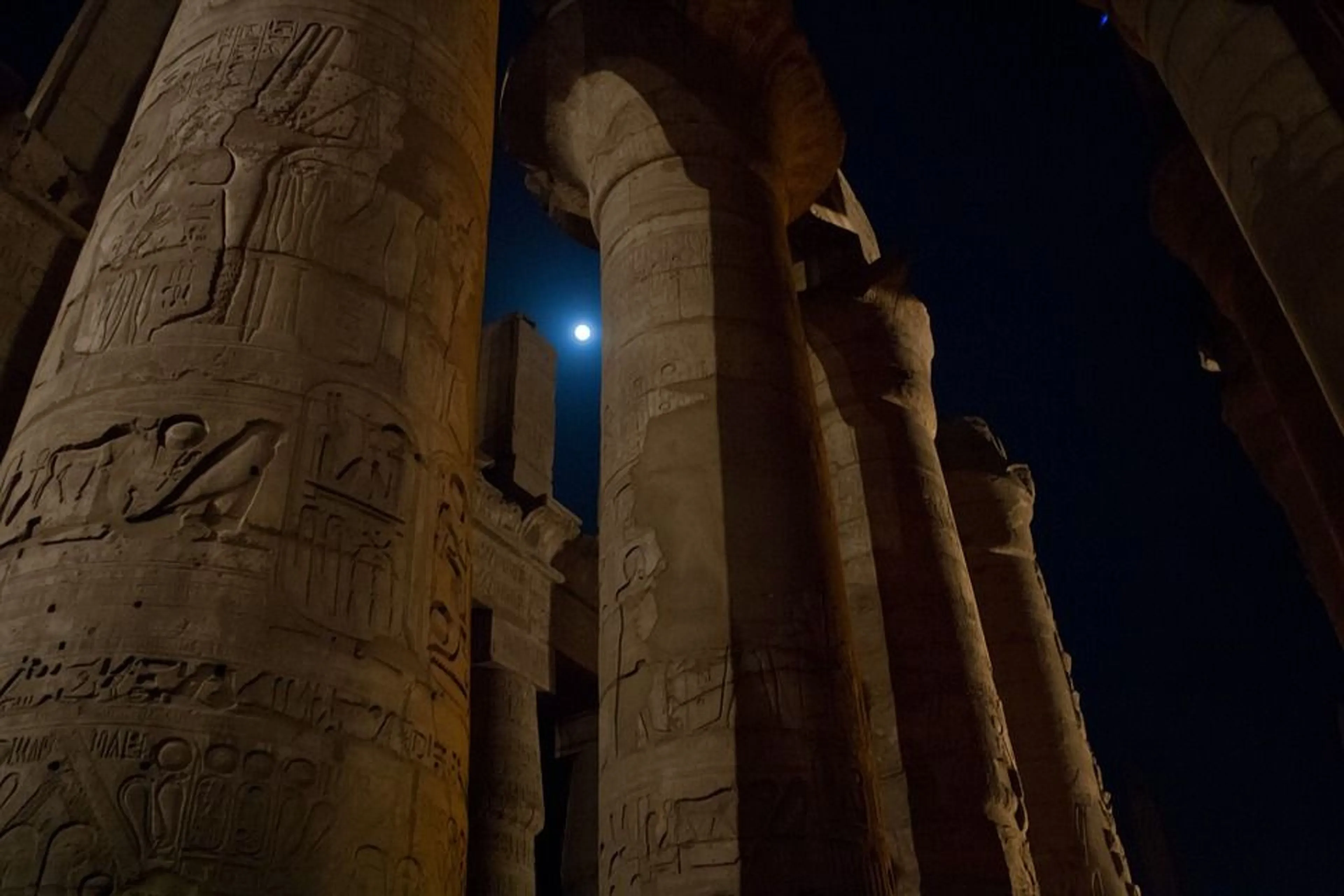
Customize it!
ROMAN & WONDERS OF EGYPT
Rome, Cairo, Luxor, Esna, Edfu, Kom Ombo, and much more.
English
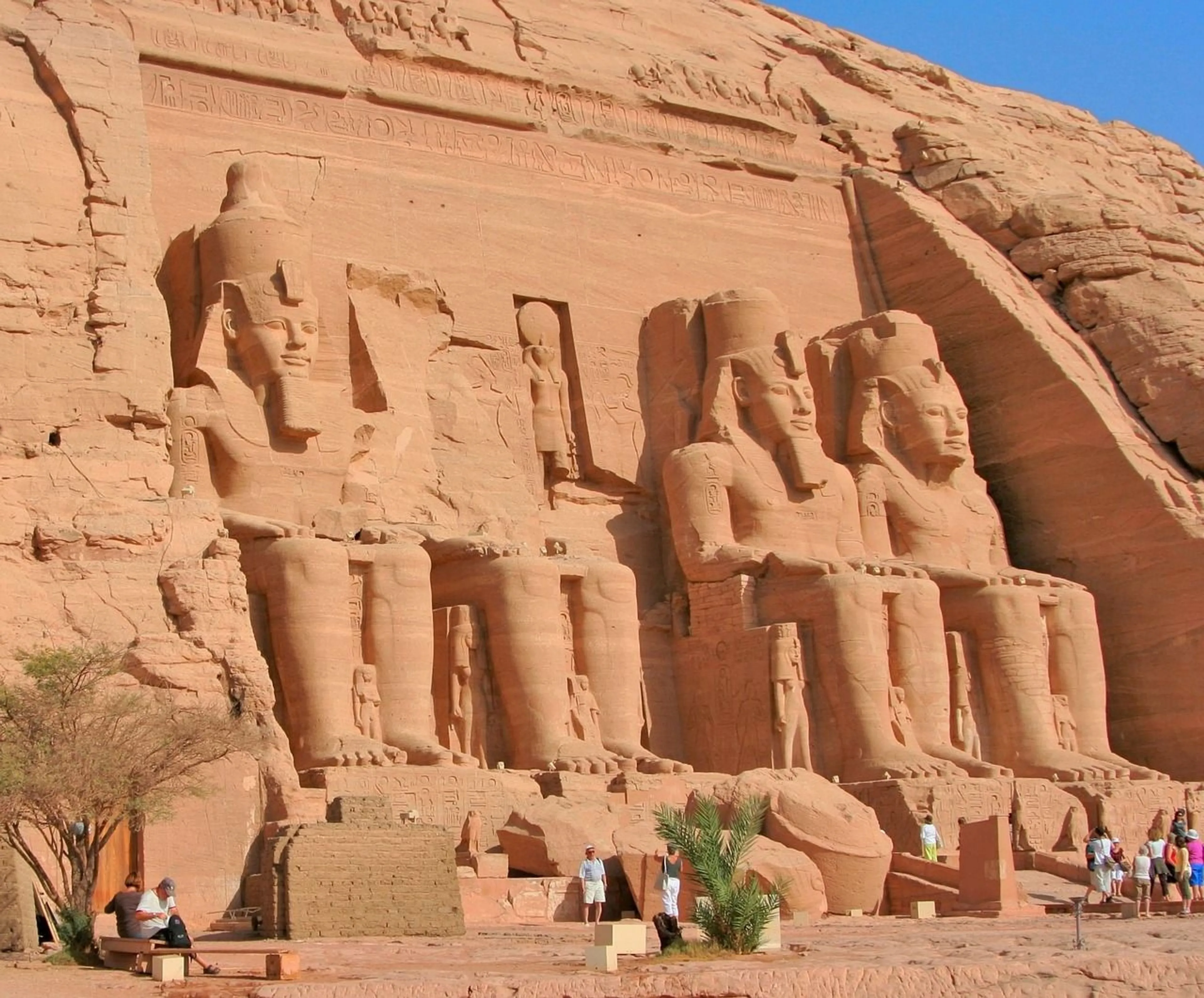
Customize it!
OPEN SESAME
Cairo, Memphis, Saqqara, Aswan, Edfu, Luxor, Istanbul, Cappadocia & much more.
English
General Information about Kom Ombo
Kom Ombo is an ancient temple complex located in Egypt, along the Nile River. It is unique because it is a double temple, meaning it is dedicated to two different gods. The temple's construction dates back to the Ptolemaic dynasty, which ruled Egypt from 305 BC to 30 BC.
The two gods that are honored in the temple are Sobek, who is depicted as a crocodile, and Horus, who is depicted as a falcon. The temple has two identical entrances, halls, and sanctuaries, one for each god.
Kom Ombo was an important religious site in ancient times, and it was also a center for healing. The temple has a hall of columns, a hypostyle hall, and various chambers with detailed carvings and paintings. Many of these depict scenes from ancient Egyptian mythology and daily life.
Today, Kom Ombo is a popular tourist attraction, and visitors can explore the temple complex and learn about its rich history and significance in ancient Egyptian culture.
Geography of Kom Ombo
Kom Ombo is located in Upper Egypt, about 45 kilometers north of the city of Aswan, along the east bank of the Nile River. The temple complex is situated on a high ground overlooking the Nile, giving visitors a beautiful view of the river and the surrounding desert landscape.
The area around Kom Ombo is known for its hot and dry climate, with temperatures often exceeding 40 degrees Celsius (104 degrees Fahrenheit) during the summer months. The Nile River provides a vital source of water for the region, and the temple complex was built near the river to take advantage of its fertile soil and access to transportation.
The temple itself is surrounded by a wall, which encloses a large courtyard and several smaller buildings. Beyond the walls of the temple, visitors can see the sandy desert stretching out to the horizon. Overall, the geography of Kom Ombo is characterized by its location on the Nile and its position as an oasis in the midst of the desert.
Top Attractions of Kom Ombo
The top attractions of Kom Ombo are all located within the temple complex itself, and they include:
- The Double Temple: The most unique feature of Kom Ombo is the fact that it is a double temple, dedicated to two different gods - Sobek and Horus. Visitors can explore both sides of the temple, which are almost identical in design, and learn about the different rituals and beliefs associated with each god.
- The Hall of Columns: This hall is one of the most impressive features of the temple, with a row of 15 massive columns decorated with intricate carvings and hieroglyphs.
- The Hypostyle Hall: This hall features a high ceiling supported by columns, with stunning carvings and paintings on the walls.
- The Sanctuary: Each side of the temple has its own sanctuary, where visitors can see the shrines dedicated to Sobek and Horus.
- The Crocodile Museum: This museum is located within the temple complex and displays mummified crocodiles, which were once considered sacred to the ancient Egyptians.
- The Nilometer: This ancient structure was used to measure the level of the Nile during the flood season, and was an important tool for predicting crop yields and setting tax rates.
- The Courtyard: The courtyard of the temple is a spacious and open area, surrounded by walls and featuring a large central platform where various ceremonies and rituals were performed.
Overall, the top attractions of Kom Ombo offer visitors a fascinating glimpse into the history and culture of ancient Egypt, and the unique features of the double temple make it a must-see destination for anyone interested in Egyptian archaeology.
How to Get to Kom Ombo
There are several ways to get to Kom Ombo, depending on your starting location and travel preferences.
- By Air: The nearest airport to Kom Ombo is the Aswan International Airport, which is served by several domestic airlines. From the airport, you can take a taxi or private car to Kom Ombo, which is about a 45-minute drive away.
- By Train: The Egyptian National Railways operates regular train services between Cairo and Aswan, with several stops along the way including Kom Ombo. The train journey takes around 12-14 hours, depending on the service.
- By Road: Kom Ombo is located on the east bank of the Nile River, and is easily accessible by road from Aswan or Luxor. There are several buses and private cars available for hire that can take you to Kom Ombo.
- By Nile Cruise: Many tourists choose to visit Kom Ombo as part of a Nile River cruise, which typically starts in Luxor and ends in Aswan. Most Nile cruises make a stop at Kom Ombo.
Festivals in Kom Ombo
Kom Ombo is a small city in Egypt located along the Nile River. The city is famous for its temple, which is dedicated to two gods: Sobek, the crocodile god, and Horus, the falcon god. The traditions in Kom Ombo are largely centered around this temple.
One tradition that is still practiced in Kom Ombo today is the celebration of the Opet Festival, which was an important event in ancient Egyptian times. During the festival, statues of the gods would be carried from their temples in Luxor to the temple in Kom Ombo, where they would be placed on boats and paraded up and down the Nile.
Another tradition in Kom Ombo is the annual crocodile festival, which takes place in August or September. During the festival, people dress up in colorful costumes and dance to the beat of drums and flutes. The highlight of the festival is a procession of boats decorated with flowers and lights that travel along the Nile, carrying a statue of the crocodile god Sobek.
The people of Kom Ombo also have a long history of farming and agriculture, and many of their traditions are tied to the cycles of the Nile River. For example, every year when the Nile floods, farmers in Kom Ombo plant their crops in the rich, fertile soil that is left behind.
Overall, the traditions in Kom Ombo are a blend of ancient Egyptian practices and more modern customs, all centered around the temple and the Nile River.
Best Time to Travel to Kom Ombo
The best time to travel to Kom Ombo is during the winter months, from November to February. During this time, the weather is mild and pleasant, with temperatures averaging around 20-25°C (68-77°F) during the day and cooler temperatures at night. This makes it a great time to explore the city and its attractions without the heat and humidity of the summer months.
In the summer, from June to September, temperatures in Kom Ombo can reach up to 40°C (104°F) during the day, and it can be very humid. This can make it uncomfortable to be outside for long periods of time, and many visitors may find it difficult to enjoy the city's outdoor attractions, such as the temple or the Nile River.
Spring (March to May) and fall (September to November) can also be good times to visit Kom Ombo, but temperatures can be more variable, and there may be occasional sandstorms or high winds.
Ultimately, the best time to visit Kom Ombo will depend on your personal preferences and travel plans, but generally, the winter months offer the most comfortable weather for outdoor activities and sightseeing.
01What is the best time of year to visit Kom Ombo?
The best time to visit Kom Ombo is during the winter months, from November to February, when the weather is mild and pleasant.
02How do I get to Kom Ombo?
The most common way to get to Kom Ombo is by taking a train or bus from Cairo or Aswan. You can also hire a taxi or private car if you prefer.
03Do I need a visa to visit Kom Ombo?
Yes, most visitors to Egypt will need a visa to enter the country. You can apply for a visa online or at the Egyptian embassy or consulate in your home country.
04Is it safe to travel to Kom Ombo?
Generally, Kom Ombo is a safe city to visit. However, as with any travel destination, it's always a good idea to take basic safety precautions and be aware of your surroundings.